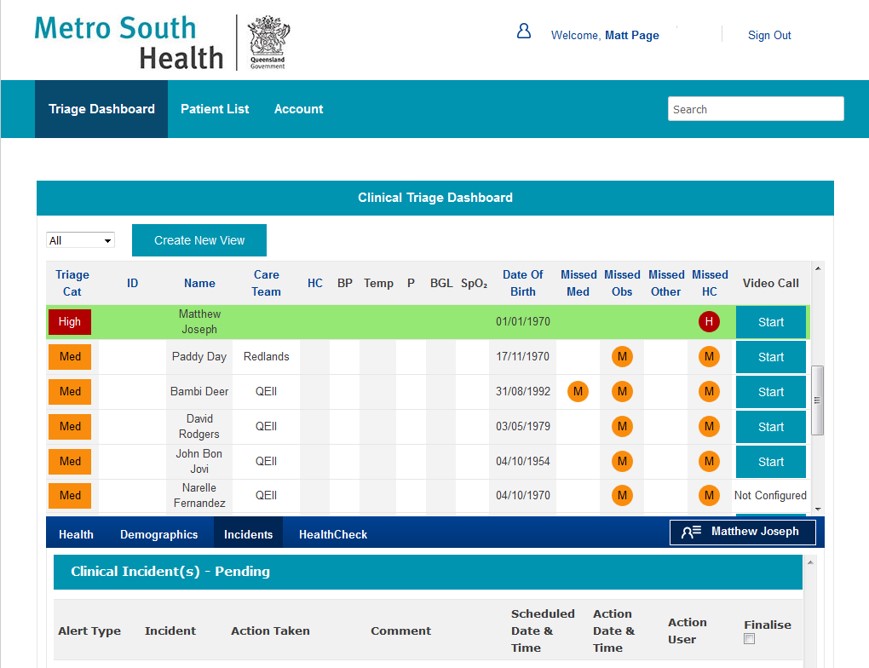The Remote Patient Monitoring (RPM) platform will enable collection of patient biometric data and connection with the Hospital in the Home (HITH) clinicians via notifications, alerts, and a triage dashboard (all vital signs outside of predetermined ranges aligned with the Queensland Adult Deterioration Detection System) as well as enhanced communication through videoconferencing.

Additionally, this pilot will contribute to the evidence-base on the application of RPM in the management of acute patients in community based settings. The pilot will run for six months.